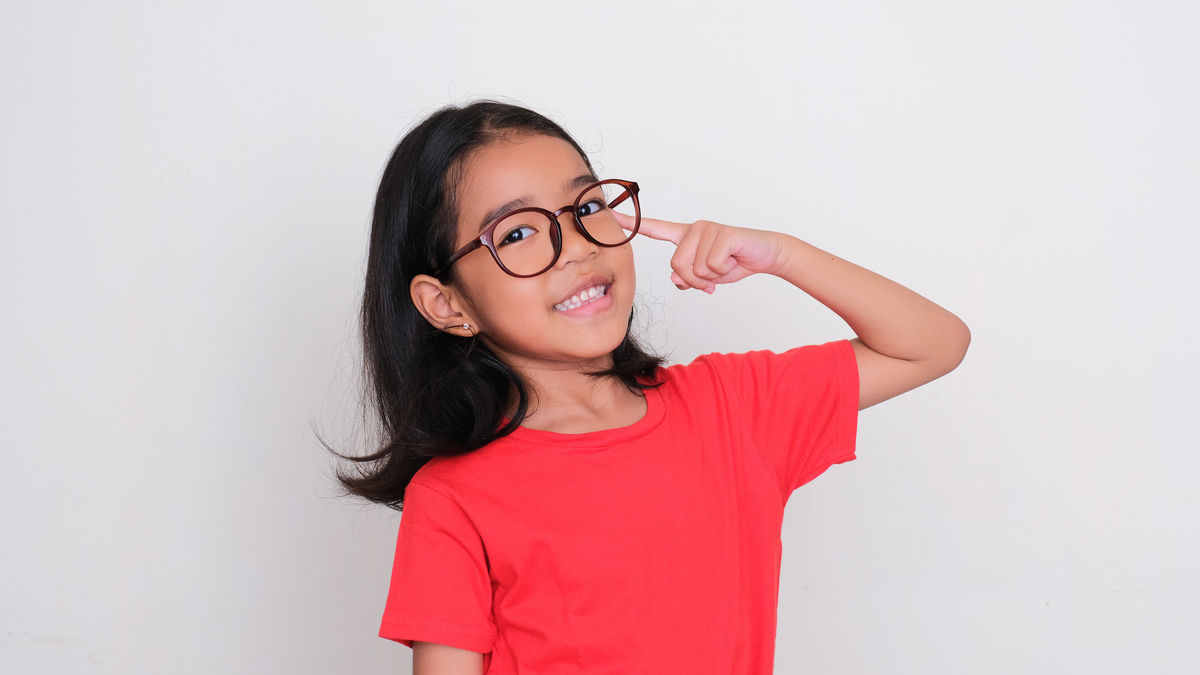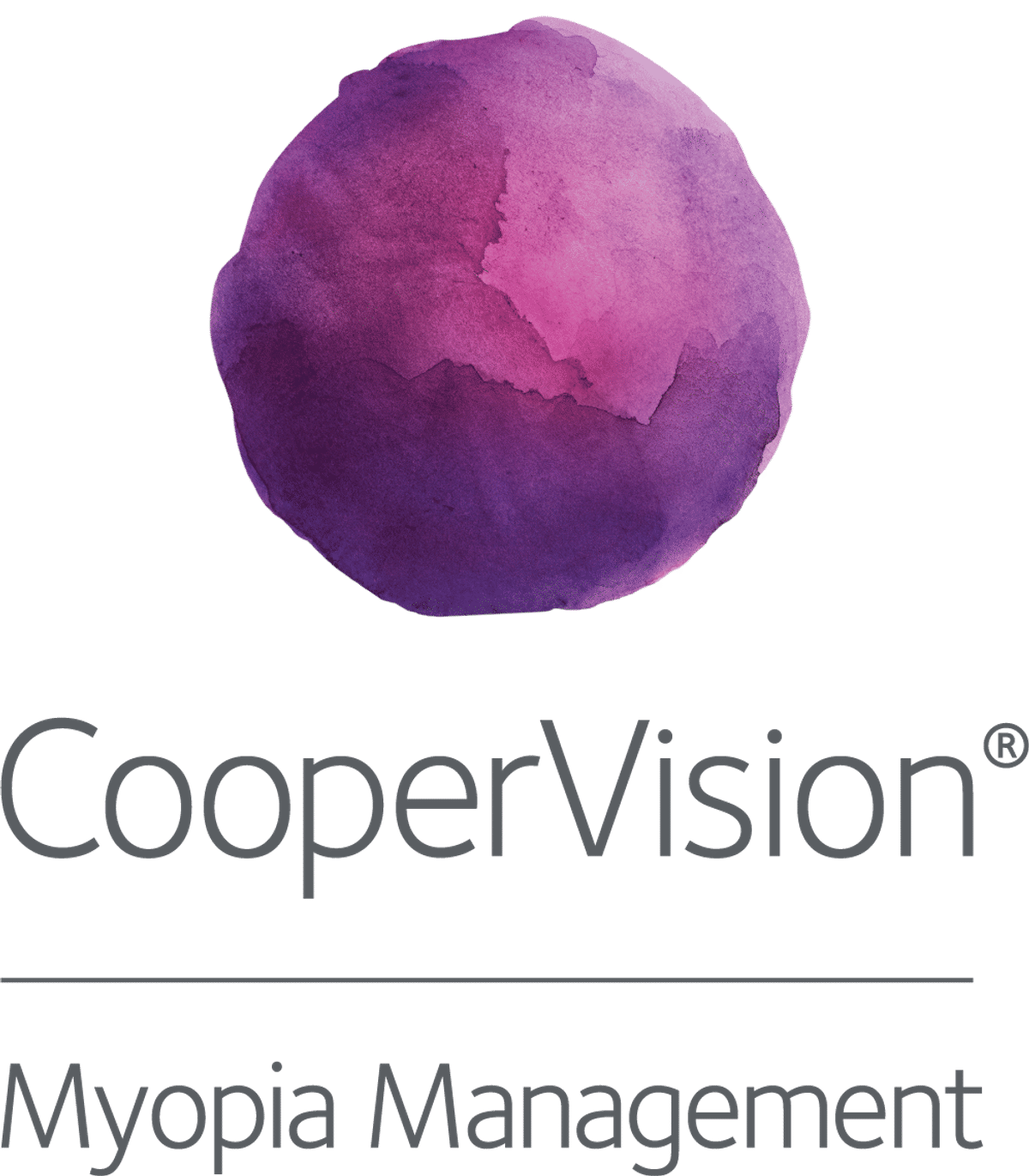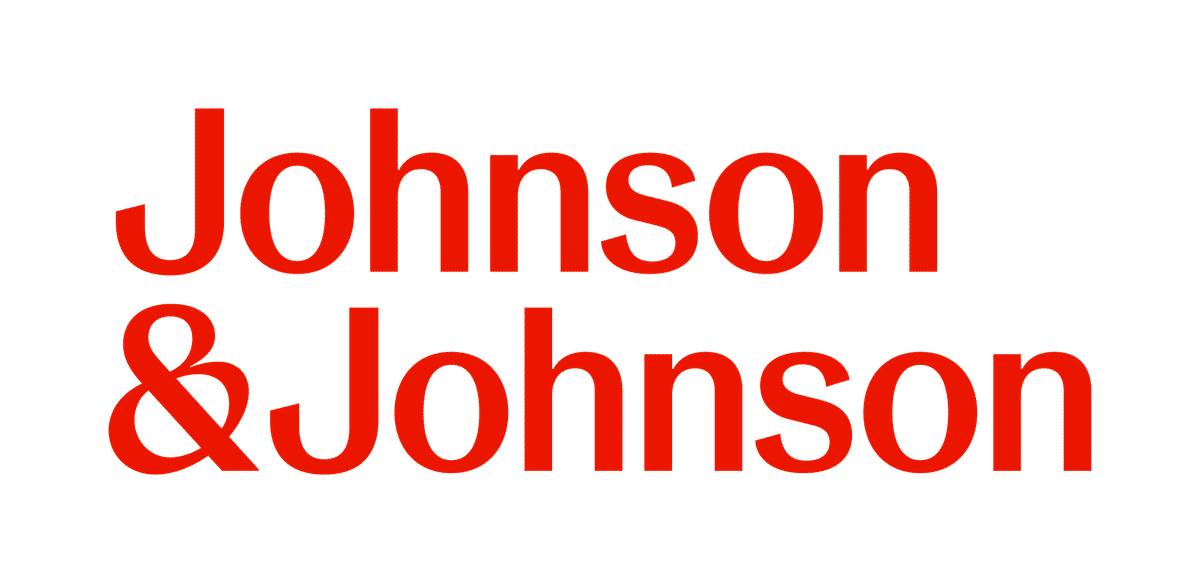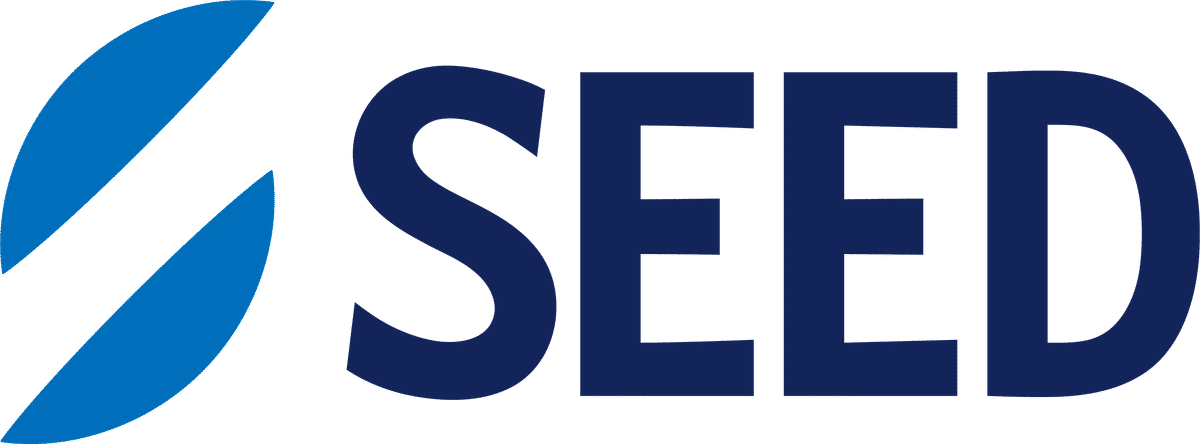Science
Improved axial control with HALs in anisometropic children

In this article:
This study compared the effects of highly aspherical lenslets (HAL) spectacle lenses and monocular ortho-k in children with unilateral myopic anisometropia. HAL slowed axial elongation in both eyes, while ortho-k slowed only the myopic eye. 12-month myopia incidence was lower with HAL (7.7%) than ortho-k (40.5%), suggesting potential for myopia prevention.
Paper title: Effects of orthokeratology and spectacle lenses with highly aspherical lenslets on unilateral myopic anisometropia control
Authors: Zhai, Jing (1); Fang, Wei (1); Zhang, Yunjie (1); Lian, Hengli (1); Hou, Lijie (1); Shen, Meixiao (1,2); Lu, Fan (1,2)
- National Clinical Research Center for Ocular Diseases, Eye Hospital, Wenzhou Medical University, Wenzhou, Zhejiang, China.
- Wenzhou Institute, University of Chinese Academy of Sciences, Wenzhou, Zhejiang, China.
Date: Nov 2024
References: Zhai J, Fang W, Zhang Y, Lian H, Hou L, Shen M, Lu F. Effects of orthokeratology and spectacle lenses with highly aspherical lenslets on unilateral myopic anisometropia control. Ophthalmic Physiol Opt. 2024 Nov;44(7):1407-1413
Summary
Unilateral myopic anisometropia (UMA) presents a unique clinical challenge, with limited evidence on how to effectively manage both the myopic and non-myopic eyes to minimise progression and preserve binocularity.
This ambispective cohort study compared the effects of monocular orthokeratology (OK) and binocular spectacle lenses with highly aspherical lenslets (HAL) on axial length elongation in children with unilateral myopic anisometropia (UMA). The primary objective was to assess axial growth in both the myopic and non-myopic eyes across treatment groups, while a secondary aim was to evaluate myopia onset and progression in the non-myopic eye
A total of 81 Chinese children aged 8–14 years with UMA were enrolled: 42 were fitted with monocular OK lenses (myopic eye only), and 39 wore HAL spectacle lenses binocularly (plano lens in the non-myopic eye). All participants were followed for 12 months, with measurements taken at 3, 6, and 12 months for axial length (AL) and spherical equivalent refraction (SER).
Key findings:
- Axial elongation in the myopic eye was similarly reduced by both OK and HAL lenses over 12 months (0.17 mm vs 0.10 mm, respectively).
- Axial elongation in the non-myopic eye was significantly greater in the OK group (0.41 mm) than in the HAL group (0.12 mm) at 12 months.
- New myopia onset occurred in 40.5% in the OK group compared to only 7.7% in the HAL group at 12 months.
- Rapid myopic shift (≥0.50 D in 12 months) was seen in 54.8% of OK participants versus 5.1% in the HAL group.
- HAL lens wear and more hyperopic baseline SER were both protective against myopia onset.
- Interocular axial length difference decreased in the OK group, improving symmetry but reflecting uncontrolled growth in the non-myopic eye. In contrast, HALs provided equal efficacy for both eyes.
What does this mean for my practice?
Managing myopic progression in unilateral myopic anisometropia (UMA) is complicated as there is limited evidence on strategies to delay myopia onset in the other, non-myopic eye. This study found that both OK and HAL effectively slowed axial elongation in the myopic eye. However, HAL spectacles provided an additional benefit of significantly reducing axial elongation and the incidence of new-onset myopia in the non-myopic eye. In contrast, monocular OK treatment did not appear to benefit the untreated fellow eye, which showed greater axial elongation and a higher likelihood of developing myopia.
This suggests that binocular optical intervention, using myopia control lenses even in the non-myopic eye, may be a more effective approach to managing UMA. HAL lenses offer a non-invasive option to support bilateral control without compromising safety or visual performance.
This study highlights the importance of evaluating both eyes in anisometropic children and reinforces the role of early, bilateral myopia control strategies in preventing progression in at-risk eyes.
What do we still need to learn?
While this study provides valuable insights into managing unilateral myopic anisometropia (UMA), a few questions remain.
The follow-up duration was limited to 12 months, making it unclear if the differences in axial elongation and myopia onset continue over longer periods. Future research should assess the long-term efficacy of binocular HAL treatment and if the protective effect in the non-myopic eye continues beyond the first year.
Treatment allocation was based on parental choice rather than randomisation, introducing the potential for selection bias. Randomised controlled trials are needed to further clarify the relative benefits of HAL versus orthokeratology in this population.
Participants had relatively low levels of anisometropia, so these results may not be generalisable to higher anisometropia. This study also did not investigate the potential role of binocular vision function, ocular dominance, or accommodative behaviour, which may influence outcomes in UMA, or how binocular use of other myopia control therapies may affect outcomes.
Understanding how baseline refractive status influences treatment effect, particularly in the pre-myopic range, could help guide more personalised strategies for myopia prevention.
Abstract
Purpose: To evaluate the 1-year effects of orthokeratology (OK) lenses and spectacle lenses with highly aspherical lenslets (HALs) on axial length (AL) elongation in children with unilateral myopic anisometropia.
Methods: This ambispective cohort study recruited 81 children aged 8–14 years with unilateral myopic anisometropia. Of these, 42 participants (mean age 11.07 ± 1.54 years; 23 males) were treated with monocular OK lenses (OK group), and 39 (mean age 10.64 ± 1.72 years; 22 males) with binocular HALs (HAL group). Changes in AL and spherical equivalent refraction (SER) from baseline at 3, 6 and 12 months were compared between eyes and groups. Kaplan–Meier estimation and Cox proportional hazard regression were performed to analyse the risk of myopia onset in the initially non-myopic eyes.
Results: Mean axial elongation in the myopic and non-myopic eyes at the 12-month follow-up visit were 0.17 ± 0.20 and 0.41 ± 0.26 mm in the OK group (p < 0.001) and 0.10 ± 0.15 and 0.12 ± 0.12 mm in the HAL group (p = 0.32), respectively. Compared with the OK group, the non-myopic eyes in the HAL group had less axial elongation, lower cumulative myopia incidence and percentage of participants with rapid myopic shift at the 6- and 12 month follow-up (all p < 0.05). Cox regression analysis showed that a higher initial SER decreased the risk of myopia onset significantly in the initially non-myopic eyes (B = −2.06; 95% CI, 0.03–0.49; p = 0.003).
Conclusions: Monocular OK lenses suppressed axial elongation in the myopic eye and minimised anisometropia; however, the non-treated contralateral eye may experience faster myopia onset and myopic shift. Binocular HALs can effectively reduce axial elongation in both eyes of children with unilateral myopic anisometropia.
Meet the Authors:
About Ailsa Lane
Ailsa Lane is a contact lens optician based in Kent, England. She is currently completing her Advanced Diploma In Contact Lens Practice with Honours, which has ignited her interest and skills in understanding scientific research and finding its translations to clinical practice.
Read Ailsa's work in the SCIENCE domain of MyopiaProfile.com.
Enormous thanks to our visionary sponsors
Myopia Profile’s growth into a world leading platform has been made possible through the support of our visionary sponsors, who share our mission to improve children’s vision care worldwide. Click on their logos to learn about how these companies are innovating and developing resources with us to support you in managing your patients with myopia.












